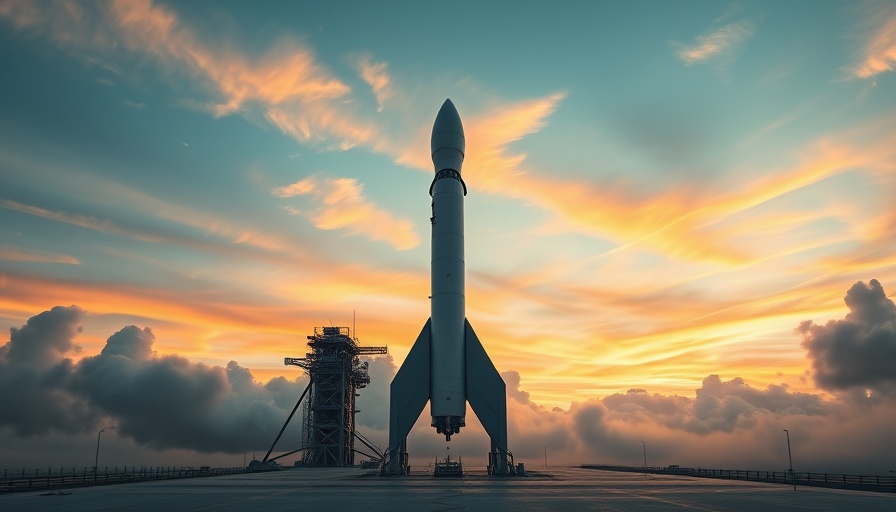
SpaceX’s Starship Faces Turbulent Times in Latest Test Flight
In a disappointing turn of events for SpaceX, the Starship vehicle spiraled out of control during a test flight on March 6, marking the second such failure in as many months. This latest incident occurred shortly after liftoff from the Boca Chica launch site in Texas, wherein everything seemed to be going according to plan until the vehicle's debut into space was marred by technical difficulties.
Initially, the Super Heavy booster successfully detatched and made a controlled return to the launchpad. However, just over eight minutes into the mission, multiple Raptor engines started to fail, causing the Starship to tumble uncontrollably through the sky, ultimately breaking apart over the Caribbean, perilously close to populated areas like the Bahamas and the Dominican Republic.
Significant Implications for SpaceX’s Future Missions
This incident has profound implications not only for SpaceX but also for its ambitious plans to utilize the Starship for commercial satellite launches and the coveted NASA Artemis moon missions. In just the previous test flight, the spacecraft experienced a catastrophic breakup, leading to concerns about the reliability of its systems.
In March's failure, SpaceX aimed to deploy four simulated Starlink satellites, an essential step in the ramp-up toward commercial operations. However, the company is facing severe setbacks, threatening its timeline to bolster future space activities, which include deploying larger, next-gen Starlink satellites and supporting NASA’s lunar exploration efforts.
What Went Wrong? Understand the Technical Challenges
The repeated nature of these failures raises serious questions about SpaceX's developmental strategy. Engineers have identified weaknesses in the hardware and operational protocols that led to last month’s failures. SpaceX has since made modifications, including improving the propulsion system and enhancing the vehicle's safety mechanisms. Despite these efforts, the unexpected rapid unscheduled disassembly in a flight scenario is a significant drawback to achieving safe and reliable space travel.
The Broad Impact on Commercial Space Flight and Policy Discussions
Not only does this incident highlight technical challenges, but it also showcases a striking reality in commercial space flight: risk is a common companion to innovation. Following the incident, the FAA issued temporary ground stops for several Florida airports due to concerns over falling debris, illustrating the broader implications of mishaps in the rising commercial space industry.
This latest failure could raise additional scrutiny over SpaceX’s operations, leading to more stringent regulations in future missions. Stakeholders will be keenly observing how SpaceX manages these challenges and whether it can recover its trajectory amidst these obstacles.
Looking Ahead: Can SpaceX Overcome the Odds?
As SpaceX reassesses its approach, one cannot help but ponder the long-term impact on its innovation strategy. Historically, many groundbreaking technologies have experienced failures before achieving success. The real question remains: can SpaceX learn from its mistakes quickly enough to maintain its competitive edge in a rapidly evolving space industry?
As updates continue to unfold, the aerospace community and the public await answers that will shape the future of space exploration.
 Add Row
Add Row  Add
Add 




Write A Comment